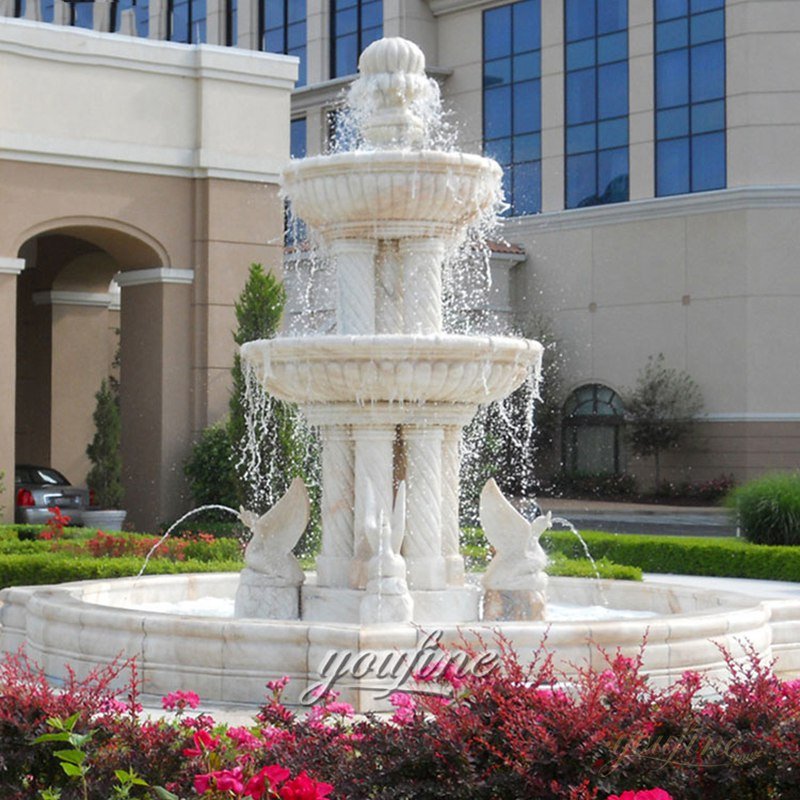Outdoor spaces can be transformed from dull and uninteresting areas into warm and inviting environments through the addition of outdoor fountains. If you are considering installing a lion fountain in your garden or yard, it is crucial to select an appropriate location within your landscaping to enhance the overall aesthetic appeal and create a captivating focal point.
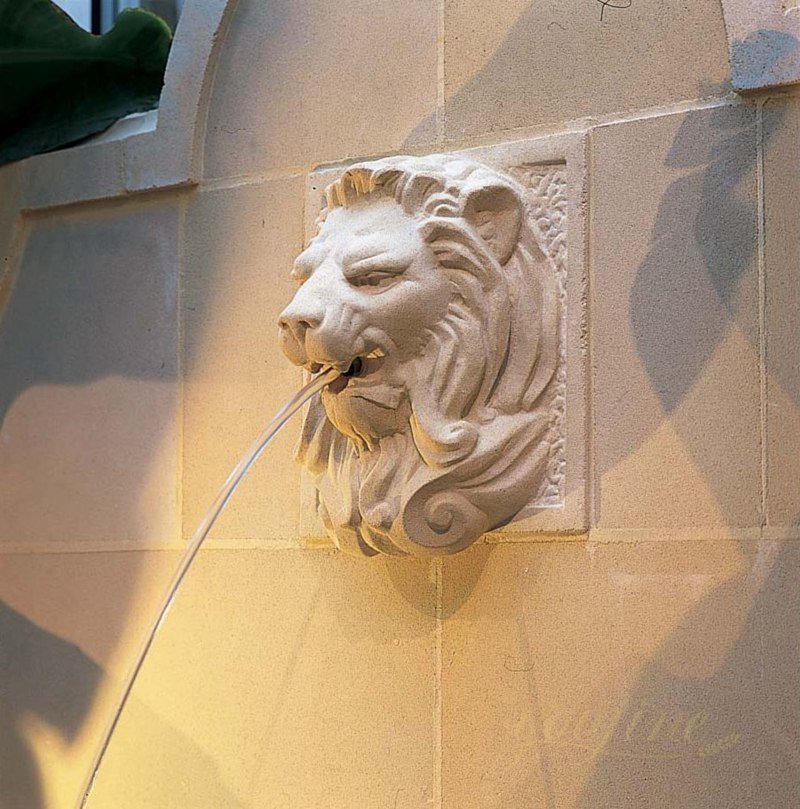
Choosing the Right Location for Lion Fountains
The suitable placement of a lion fountain depends primarily on the design and style of the fountain. Different types of lion fountains can be found in gardens, each with its own unique characteristics. Here are a few examples:
Wall-Mounted Lion Fountains
Wall-mounted lion fountains are specifically designed to be installed on walls or vertical surfaces. These fountains typically feature a beautifully crafted lion’s head or a small lion sculpture attached to a decorative back panel. Water gracefully flows from the lion’s mouth, cascading down into a basin or trough below, creating a visually appealing water feature.
If you have chosen a wall-mounted lion fountain, you will need to find a suitable spot on a garden wall to install it. Alternatively, if you have ample space indoors, you can even consider installing a wall-mounted lion fountain inside your home, adding a touch of elegance to your interior decor.
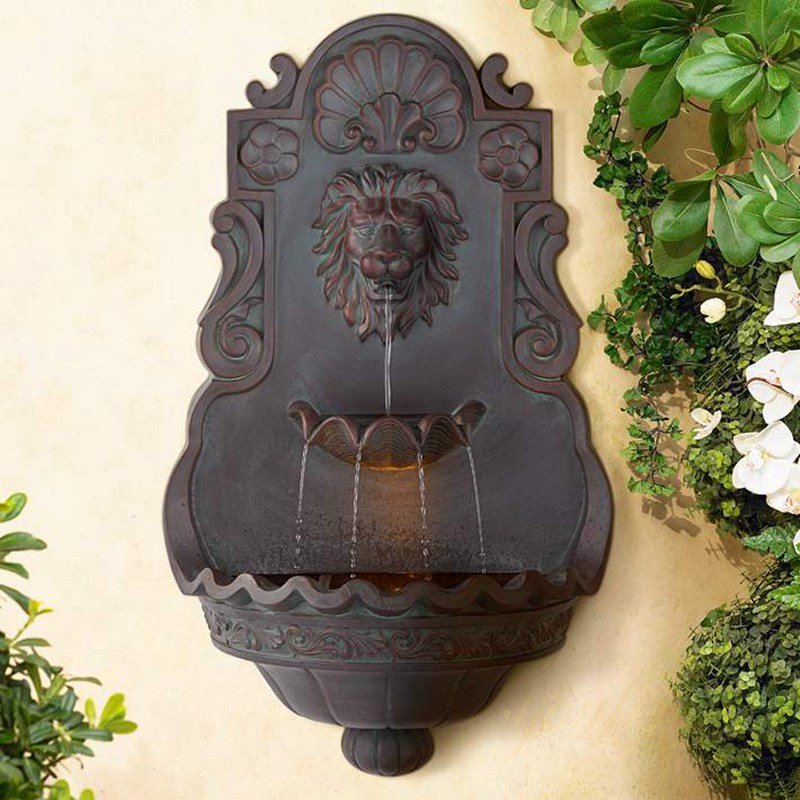
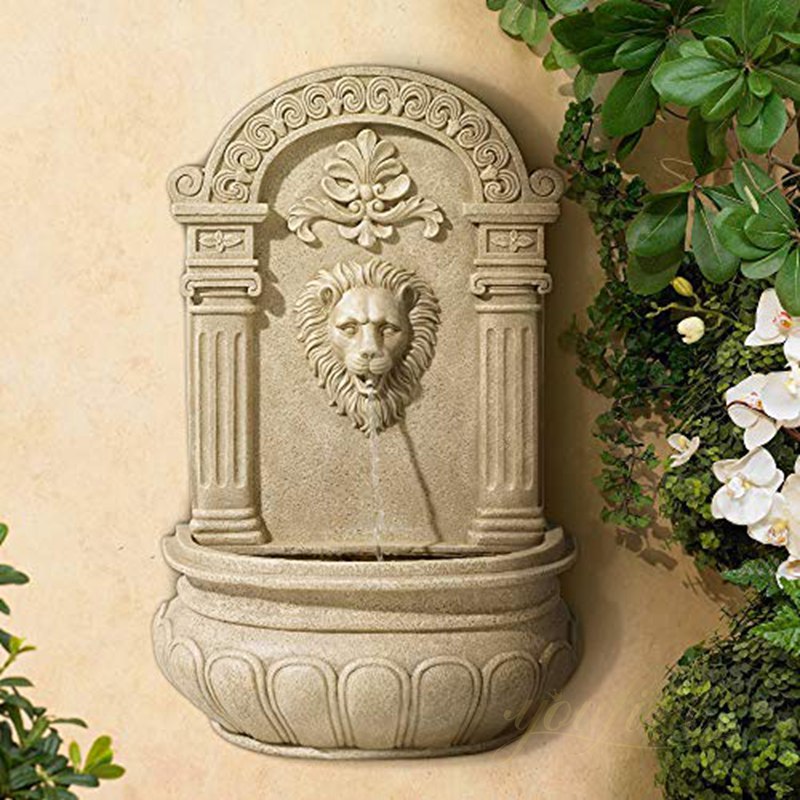
Tiered Lion Fountains
Tiered lion fountains consist of multiple tiers, each adorned with a lion sculpture or lion head. Water flows from the higher tiers, gradually making its way down to the lower tiers and eventually collecting in a basin or pool at the bottom. This type of fountain provides a dynamic and captivating water display, adding movement and charm to your garden.
When choosing the location for a tiered lion fountain, it’s important to consider the dimensions of the available space and the size of the fountain itself. Placing a tiered lion fountain as a central centerpiece can create an eye-catching focal point in your garden. It can be positioned on a circular path, in the center of a courtyard, or at the intersection of different garden paths. If you already have a pond, pool, or other water features in your garden, consider placing the lion fountain nearby. This can create a cohesive water-themed area and enhance the overall aesthetic appeal of your outdoor space.
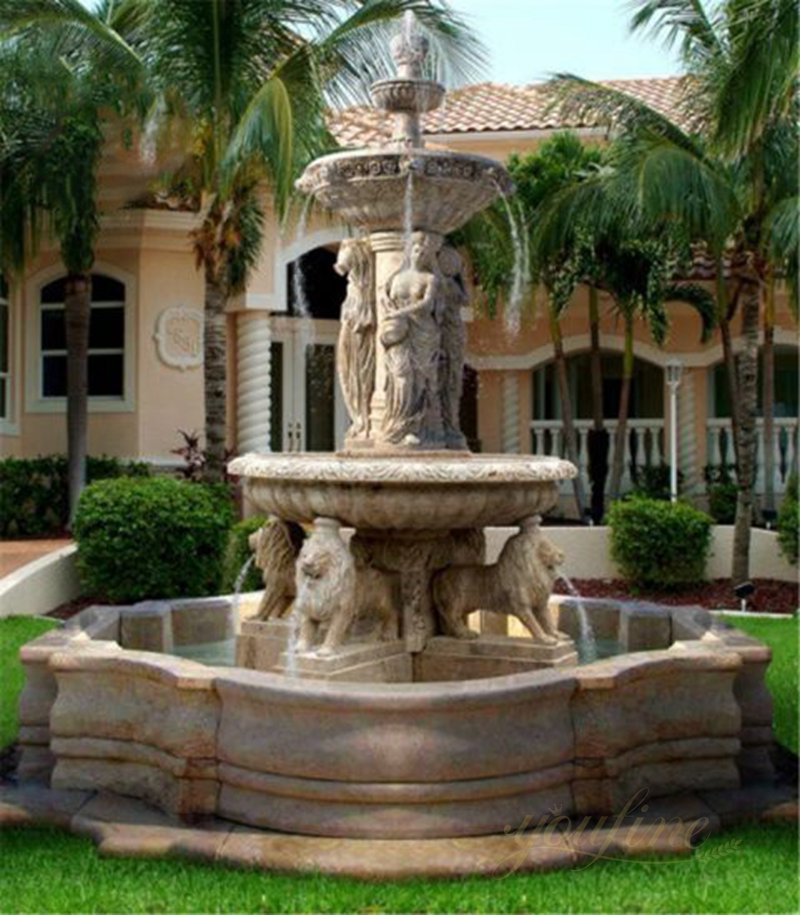
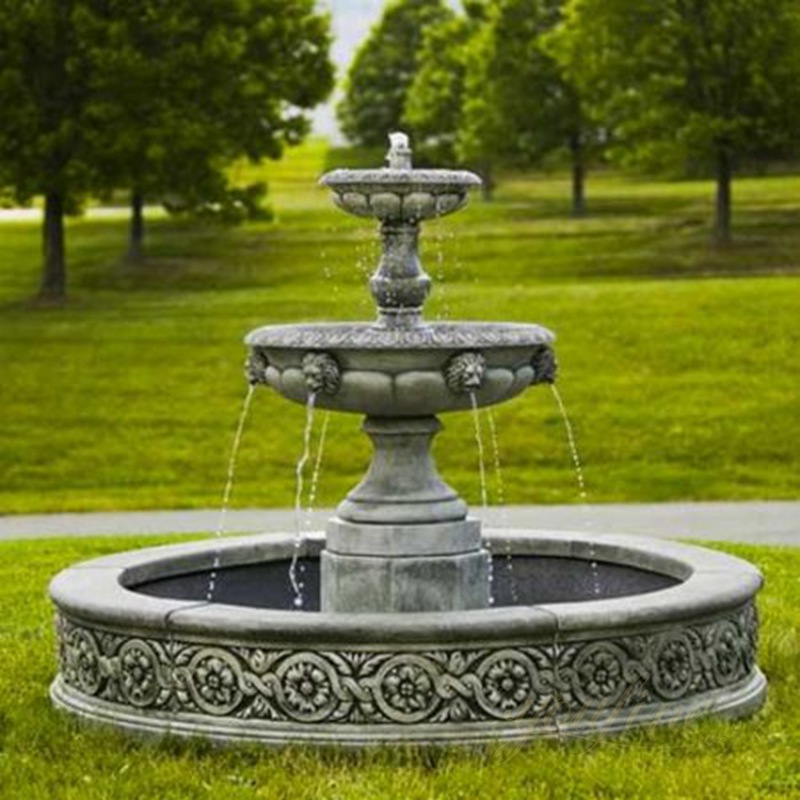
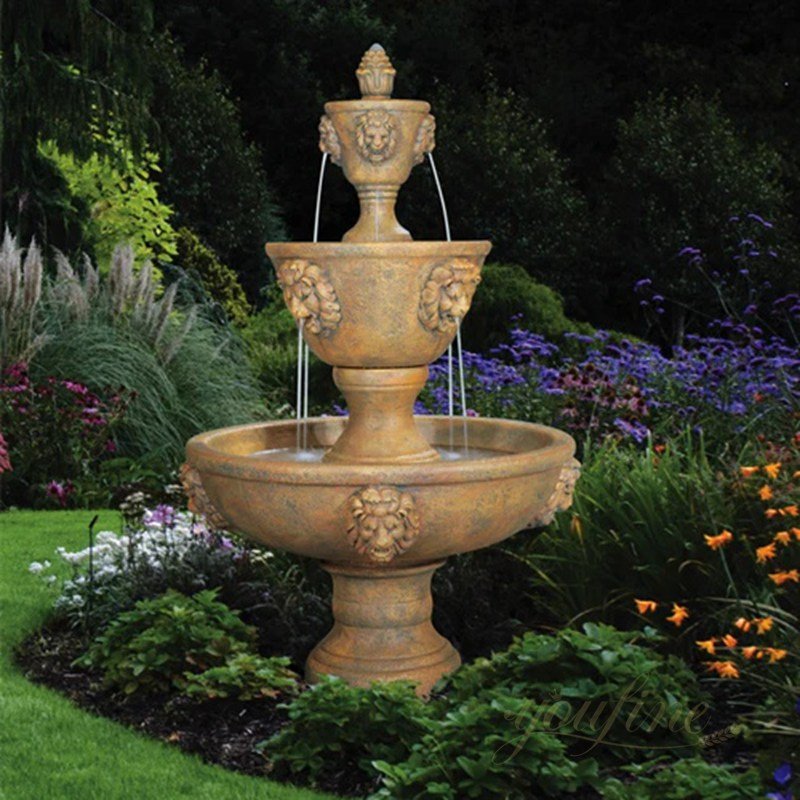
Lion Head Spouting Fountains
Lion head spouting fountains are characterized by a lion’s head or a lion sculpture with a spouting mechanism. Water continuously flows out of the lion’s mouth, either directly into a basin or through a series of channels or pipes. Lion head spouting fountains are generally more compact in size, making them perfect for smaller garden spaces or areas that require a subtle touch.
Compared to the previous two types of fountains, lion head spouting fountains have a simpler design. They consist of just a lion’s head and can be installed on any suitable wall or even as a decorative spout next to a seating area by the pool. We have had clients who chose to install them as seat outlets under their eaves or as decorative elements on tree trunks.
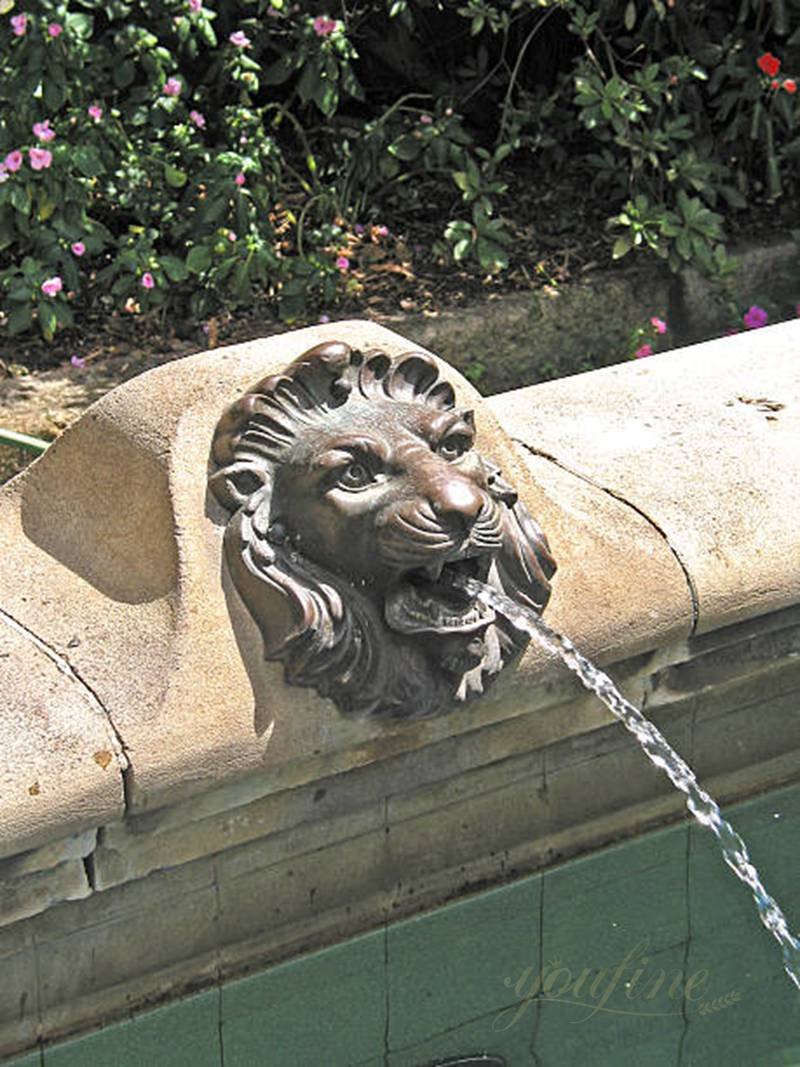
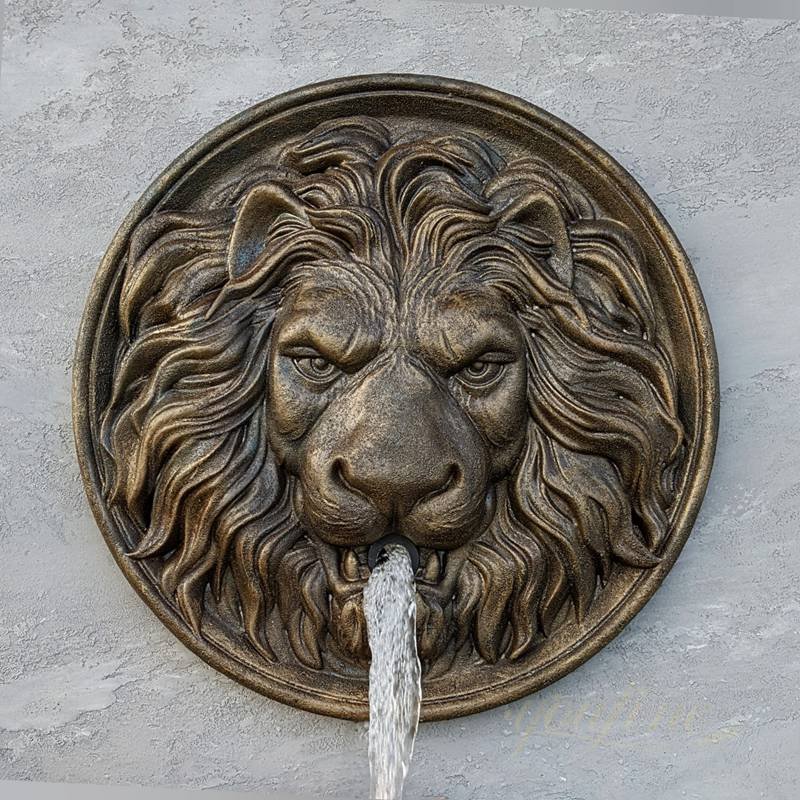
Maintenance of Lion Fountains
To keep your lion fountain in good working condition and preserve its beauty, regular maintenance is necessary. Fortunately, lion fountains are relatively low maintenance compared to other outdoor features. Here are some essential maintenance tasks:
Routine Cleaning
Regular cleaning is essential to prevent the buildup of dirt, algae, or mineral deposits on the fountain surface. Use a soft brush or sponge with mild soap or fountain-specific cleaning products to gently scrub away any debris. Rinse thoroughly with clean water to ensure the fountain remains clean and free from residue.
Pump Checks
Periodically inspect the water pump to ensure it is functioning properly. Check for any signs of damage, clogs, or worn-out parts. Clean the pump intake and impeller to remove any debris that may affect its performance. It’s also important to check the pump’s electrical connections to ensure they are secure and in good condition.
Water Level Maintenance
Maintaining the correct water level is crucial for the optimal operation of your lion fountain. Periodically check the water level and add more water as needed. Ensure the water level is above the pump intake to prevent any damage to the pump. Evaporation and splashing can cause the water level to decrease, so regular monitoring is necessary.
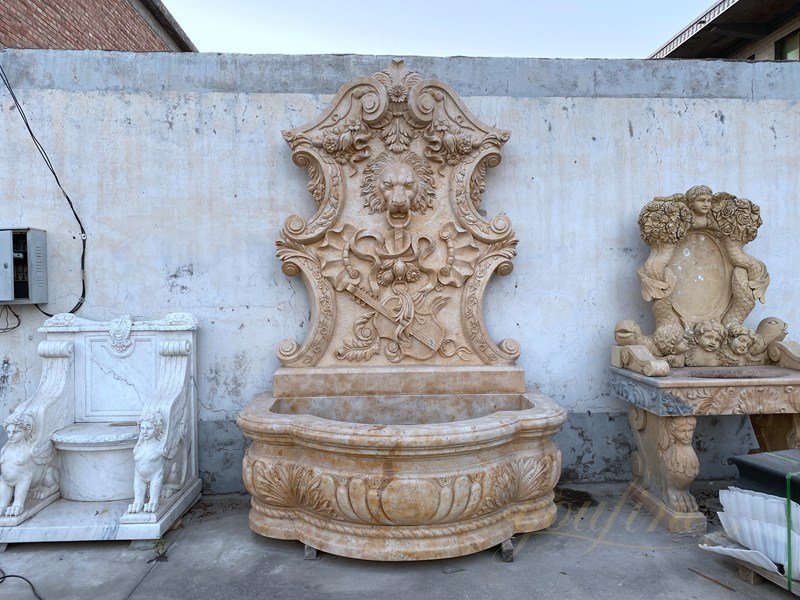
Materials Used in Lion Fountains
When it comes to constructing fountains or different water features, various materials are used. Some common choices include marble, granite, sandstone, and other natural stones. The selection of materials depends on your personal preferences, the location of the fountain, and the durability requirements.
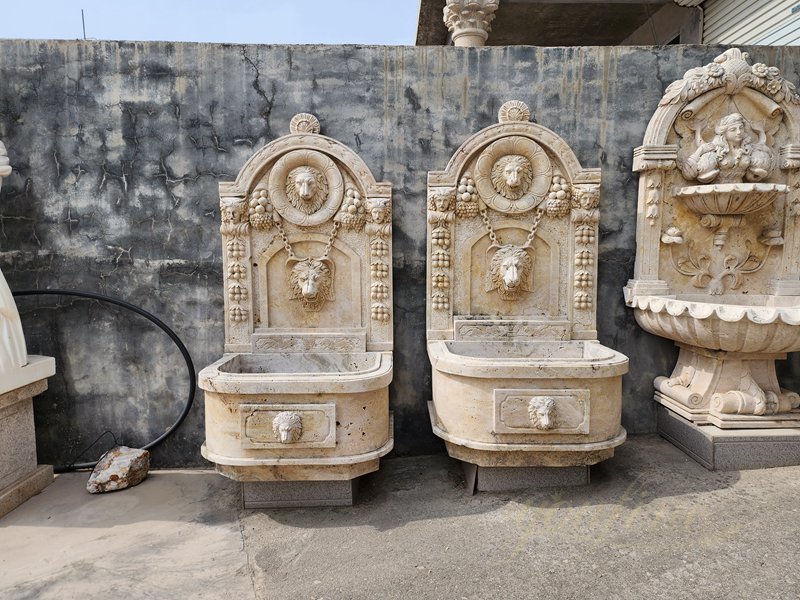
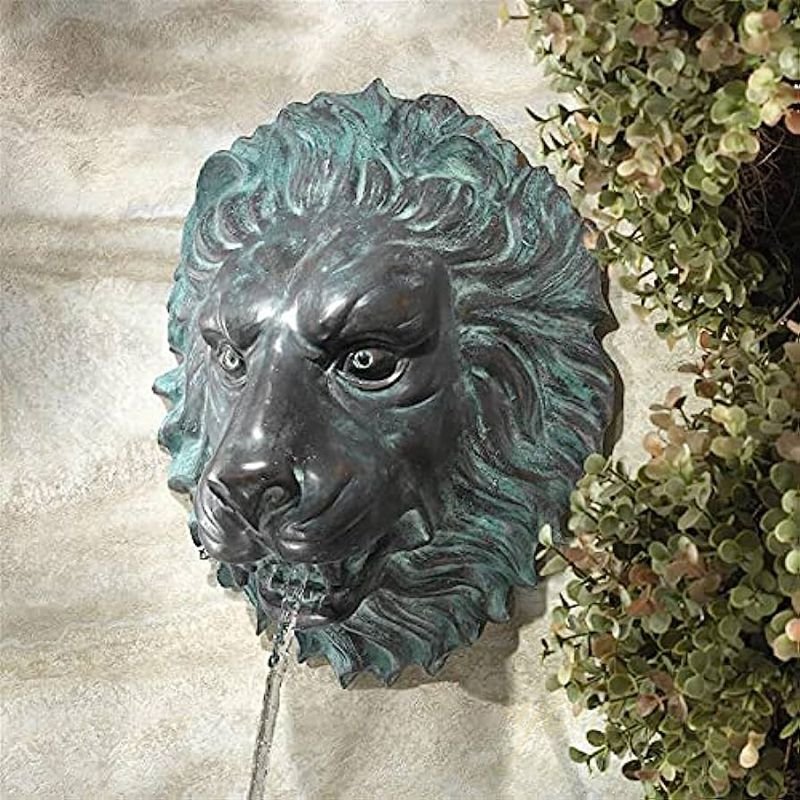
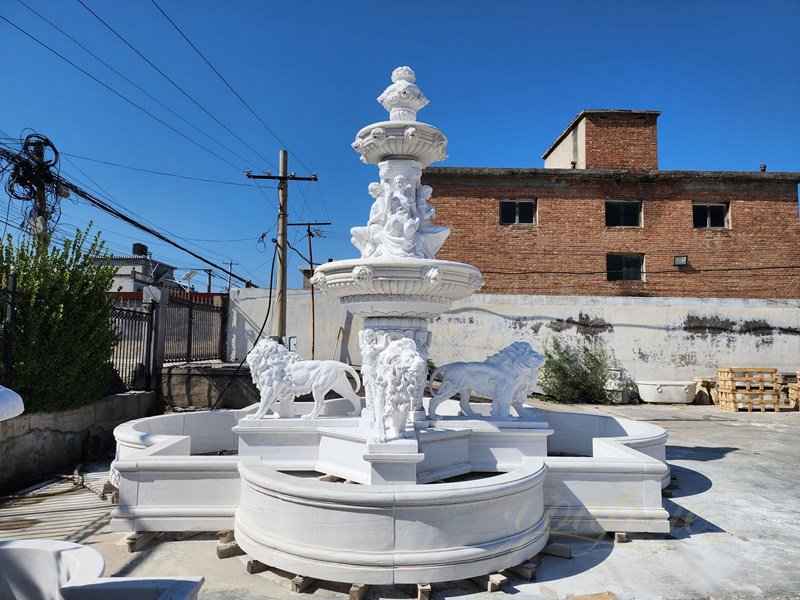
Running Hours for Lion Fountains
It is advisable to keep the water pump in your fountain running continuously. There are several benefits to this practice. Firstly, the constant flow of water prevents the buildup of algae and mineral deposits, keeping the fountain clean and clear. Additionally, it can ensure better longevity for the pump, as repeatedly turning it on and off can lead to wear and tear. So, it is best to let the water pump run continuously to maintain the optimal functioning of the lion fountain.

The addition of a lion fountain to your home garden or yard is a simple yet highly attractive feature. While larger outdoor water features may require the expertise of contractors and builders, lion fountains can be a wonderful DIY project for enthusiastic homeowners, helping them transform their spaces into a paradise.

